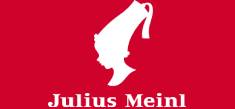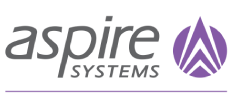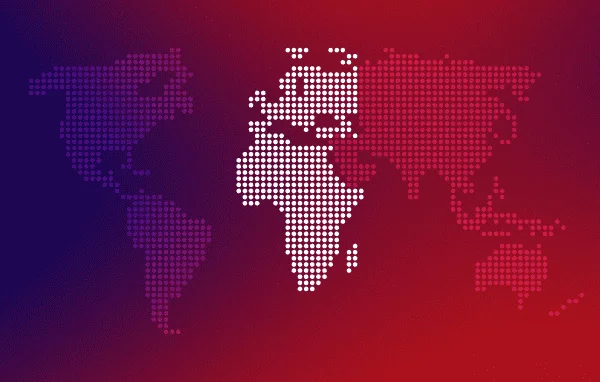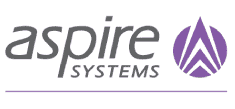VAT in GCC
VAT in GCC
VAT in GCC
VAT Introduction
What is VAT?
Value Added Tax (VAT) is an indirect tax levied on consumption. It is imposed on the sale of goods and services excluding the goods and services which are exempt from VAT under the law. More than 150 countries around the world have already implemented the VAT including Canada, Australia, New Zealand, Singapore and many European countries. The average rate of VAT around the world is 17% and Hungary has the highest VAT rate of 27 percent amongst OECD nations. The rate of VAT in GCC is expected to be on a lower side around 5 percent.
When will VAT be implemented?
The GCC member countries have entered into a unified agreement which binds them to implement VAT and Excise regulations in their jurisdictions latest by January 2019. All the member countries will have their separate legislation and are in process of drafting the same. The website of Ministry of Finance of United Arab Emirates states that VAT is likely to be introduced across the UAE on January 1, 2018. The rate will be low and is likely to be 5%. Kingdom of Saudi Arabia will also be implementing VAT from 1st January 2018. Oman, Qatar, Kuwait, and Bahrain have also signed the VAT treaty and VAT is expected to be introduced in all GCC countries by 2018.
Impact of VAT on the Business
Compliance
- Ensure whether proper books of accounts are maintained and updated
- Check whether your business meets the criteria for registering for VAT collection
- Registration for VAT
- Collection of VAT in the invoices raised
- Keep the record of VAT paid in Invoices of Vendors to avail credit
- Filing VAT returns and payment of VAT to the Government
Pricing Structure and Profit Margins
- VAT shall impact the pricing structure and profit margins to factor the VAT in all the invoices raised by business. A critical analysis will be required for this to ensure that business will face the least impact by preparing customized pre and post VAT scenarios for every business
- Also, increase in price may result in result in decline in customer spending. It will be challenging to maintain the same
Restructuring of Business Model
- The business model should be restructured to ensure increased efficiency in operations
- Restructuring of supply models to ensure reduce the cost of procurement of raw materials and capital goods
- Possible negotiations with vendors and suppliers
- Restructuring of Human resources to ensure that the staff are competent enough to deal with the challenges brought in by the new law
- Restructuring of accounting systems and IT systems to ensure proper compliance and competency with new requirements
A Member Firm of Andersen Global
- 175+ Countries
- 525+ Locations
- 17,500+ Professionals
- 2350+ Global Partners
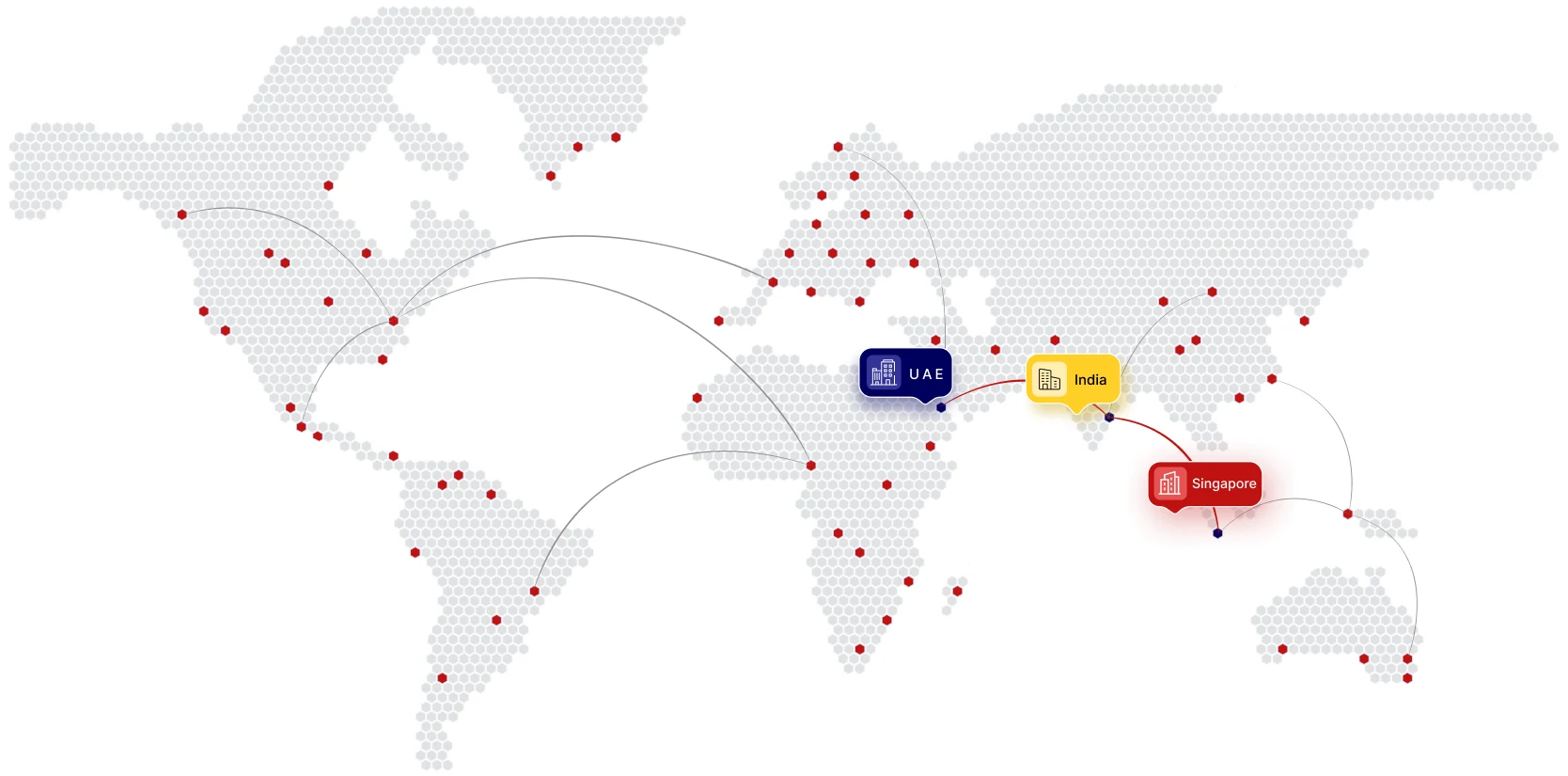
Need Assistance?
Get In Touch
We appreciate your interest in IMC and are eager to address your needs.
To ensure we address your needs accurately and promptly, please fill out this form. This will help us in identifying and connecting you with the appropriate team of experts in our organization.
We take pride in our responsiveness and aim to get back to you within a span of 1-2 business days. Your journey towards solutions starts here.
Companies we have worked with
